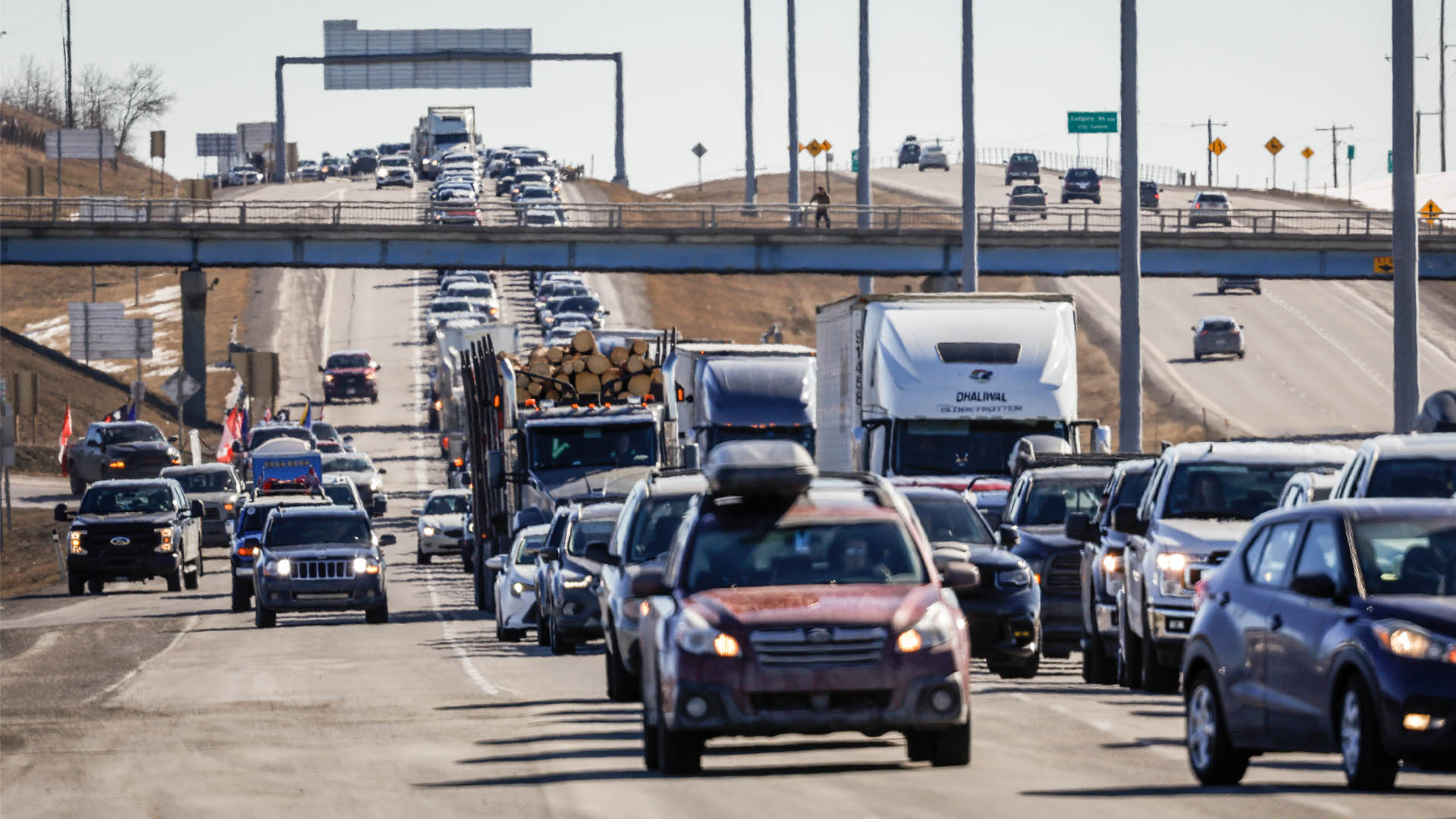
Budget 2024 will be pivotal in building a low-carbon future in ways that need to go beyond tables and tax credits. To keep Canada on course, the federal government must foster material solutions to rapidly reduce emissions while addressing regional polarization and divisiveness.
Since humans began burning fossil fuels as a source of energy, we have significantly altered the composition of Earth’s atmosphere. As of May 2023, the Mauna Loa observatory in Hawaii estimated the concentration of CO2 in the atmosphere to be 424 ppm. The last time concentrations were that high was roughly four million years ago. Then, the planet was three degrees warmer and sea levels were many metres higher.
Canada has an opportunity to make an outsized difference.
Despite having a population of just over 40 million, total emissions produced in Canada are 11th highest in the world. If the numbers are broken down on a per-capita basis, Canadians are the second-highest emitters on the planet.
Nearly one-third of these emissions are produced in the oil and gas sector. Transportation and buildings represent 22 per cent and 13 per cent of all emissions, respectively.
Budget 2024 needs to set the country on an accelerated track to decarbonize our electricity and transportation sectors and ensure that buildings are as close to net-zero emissions as possible. To be successful in these decarbonizing efforts, it also needs to address different viewpoints on climate change.
Material investments needed to reach net-zero by 2050
Budget 2023 made clear Canada’s commitments to reducing emissions, investing roughly $20 billion over five years into energy transition. But there is still much need to do much more.
Despite aiming to eliminate “inefficient fossil-fuel subsidies” the 2023 federal budget still included at least $16.7 billion in subsidies to the fossil-fuel sector.
While a small portion of those subsidies are earmarked to help enable clean-growth projects, ending fossil-fuel subsidies is necessary if we are to decarbonize the Canadian economy. Doing so would free up at least $15 billion in available funds that could be redirected toward other, more impactful and equitable uses.
And, ending these subsidies would also reduce emissions from the oil and gas sector in Canada by making new, non-conventional fossil-fuel projects economically unfeasible, and making renewable energy much more cost competitive. This is non-negotiable if Canada hopes to reach net-zero by 2050.
To meet the growing demand for electricity, Canada also needs to invest in upgrading and electrifying the power grid.
The Smart Renewables and Electrification Pathways Program already provides $4.5 billion through 2035. By eliminating fossil-fuel subsidies, funding to this program can be significantly increased, including more money for Indigenous communities already at the forefront of renewable-energy development.
Transportation and buildings
Electric vehicles are an important piece of the energy transition, but they perpetuate an inefficient transportation system and require critical minerals that could be better used elsewhere in the energy system. As such, the federal budget should enhance public transportation initiatives like electrifying buses and expanding electric light-rail and streetcar networks in dense urban areas.
More public-transportation capacity connecting commuter regions with urban centres is also needed. This means dramatically expanding regional transportation networks in areas surrounding cities such as Vancouver, Montreal and Halifax, where soaring housing prices have forced many people, especially those living on low and middle incomes, to move outside of the city in search of affordability.
Ottawa previously allocated nearly $15 billion in public transportation over the next eight years. With additional funding, shorter approval periods, more incentives to use public transit, and increased funds for rural transportation options, an even greater impact can be achieved.
To reduce emissions from Canada’s buildings, we need far more expansive federal programs for subsidizing electric residential and commercial heating and cooling systems like heat pumps.
Existing provincial heat-pump rebate programs do not provide enough support to make the act of purchasing them possible for low- and middle-income Canadians, first-time home buyers, small-business owners and others.
In order to reach net-zero emissions for the building sector, estimates suggest that heat pumps need to increase from 13 per cent of heating in 2021 to between 55-90 per cent in 2050. Making heat pumps accessible to more Canadians is imperative for reaching our climate goals.
Regional polarization
Technologically, Canada could accelerate the process of decarbonization immediately. The barriers standing in the way of doing so are cultural and financial.
Emissions from oil and gas development means that CO2 produced in Alberta is the highest in the country, at an estimated 256.1 million tonnes as of 2021. Given the scale of that industry, despite high rates of acceptance that the climate is changing and caused by human activities, Alberta’s government opposes Ottawa’s timetable for decarbonization.
Alberta was one of only two provinces where emissions did not decline between 2005 and 2021 (the other being Manitoba). When seeking to build solutions, pointing a finger as the Climate Action Network did in December 2023 by awarding the province the “Fossil of the Day” award is not very constructive, and fails to inspire meaningful change.
An important driver of polarization is the tendency to label relationships to the environment as “good” or “bad.” Vilifying oil-producing provinces misrepresents the lived reality of those from there, and implies an artificial divide exists between regions of the country where none need exist.
Carbon pricing is not to blame for Canada’s affordability challenges
Reaching net-zero calls for nimbler, more transparent assessment of clean energy projects
Regulators should remain independent as Canada moves away from fossil fuels
Budget 2024 should fund programs to address the impacts that decarbonization will have on adversely affected demographics, regions and industries. Central to this is increased funding for regional economic redevelopment in resource communities incongruent with a low-carbon future.
The proposed Sustainable Jobs Act offers a hopeful framework if it meets two important criteria. First, it must place a priority on revitalizing local economies over retraining for work in industries located elsewhere. For example, offering retraining to an oil-and-gas worker in Fort McMurray to build solar panels in Calgary does little to ensure the long-term vitality of an existing way of life.
Second, it must ensure that affected communities and workers are at the centre of any policy aimed at phasing out their industry. If decarbonization entails eating less beef, cattle ranchers should have agency in determining their future.
Investing in the right measures works. Greenhouse gas emissions (GHGs) proportional to GDP have decreased by roughly 40 per cent, and GHG emissions per capita have decreased by 18 per cent compared with 1990 levels. This means that the investments and policies Canada made 20 years ago resulted in Canadians being more climate secure today.
Budget 2024 represents a turning point where more must be done to build on and amplify this decarbonizing trajectory in an inclusive way that sees all Canadians benefiting from our march toward a low-carbon future.










